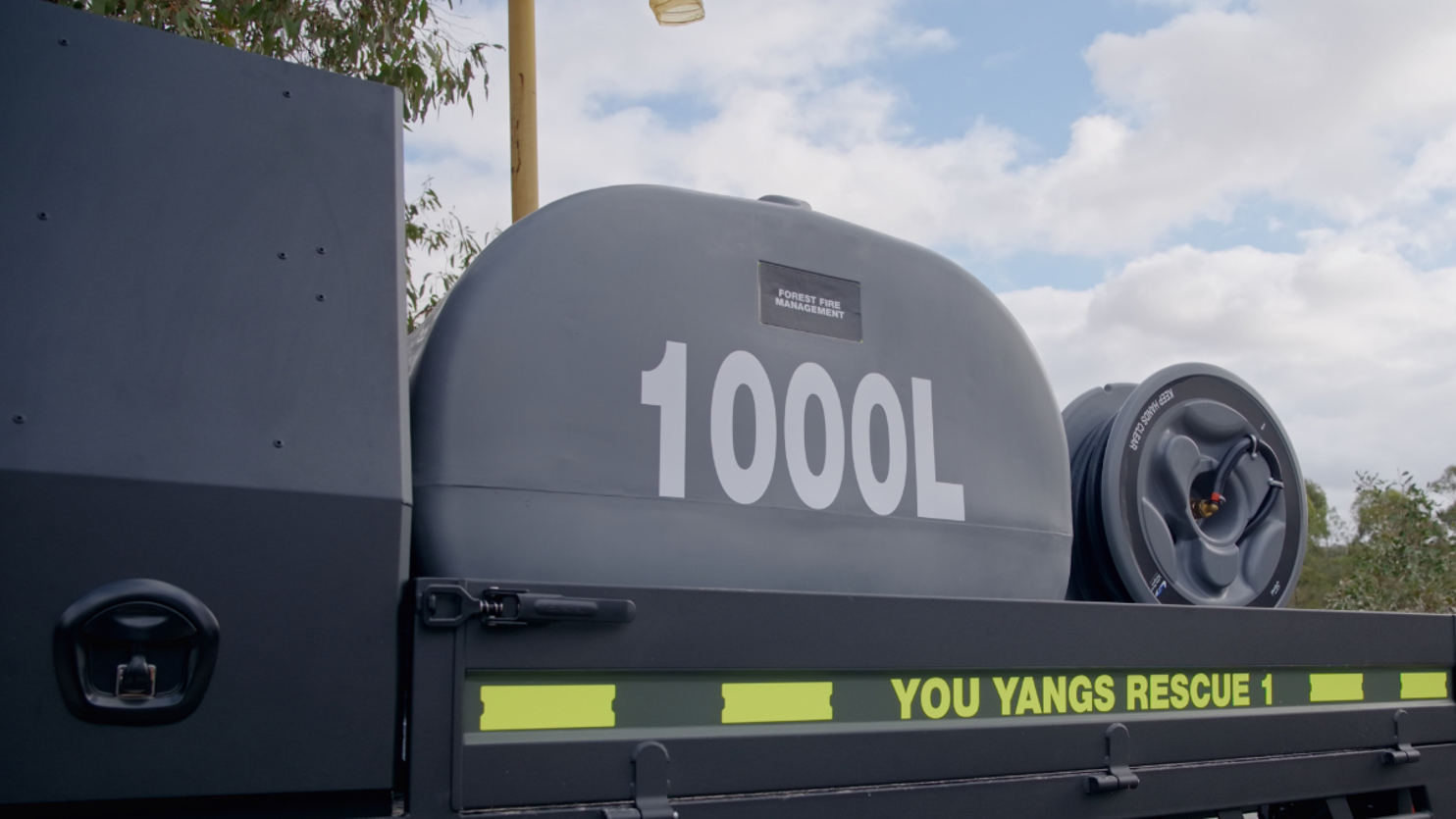- Special water rig put Ranger Super Duty's payload to the test.
- Onboard Scales measure suspension compression.
- Tested in the real-world with specialist crews from outside Ford.
How much does 1000 litres of water weigh? Ford Australia can tell you, because it created a special water tank to fit the back of the Ranger Super Duty to test its payload capabilities during testing.

Ford says feedback from land managers, forestry crews and rural fire services (especially in Australia) were key to this part of the project.
“We heard about the impossible choices they were forced to make,” says Jeremy Welch, a strategic projects manager at Ford Australia. “They needed to carry heavy, specialised equipment, but were often limited by payload.”
Drew O’Shannassay, program manager for Ranger Super Duty, set a goal for ability to carry 1000 litres of water with enough payload capacity left over for pumps, hoses and all the gear a crew needs on the front line.
A Ranger with backbone
Ranger Super Duty has a whole new "backbone". While the chassis shares its dimensions with the standard model, the steel is thicker and heavily reinforced. Every body and suspension mount is larger and stronger. The axles are fortified, fitted with eight-bolt wheel hubs, and it employs the toughest rear differential ever used on a Ranger.

Ford’s Onboard Scales use sensors that measure the suspension’s compression, providing a live estimate of the payload on the Sync screen.
“But a simple scale wasn't enough,” says O’Shannassy. “It’s a complete payload management system. We knew crews would add bull bars, winches and passengers. The system allows you to account for all of it to get your remaining payload.”
Tested in the real world
For testing, Ford created a light-attack fire truck prototype with a custom-built 1000-litre slip on. With two crew and the tank filled with water, it weighed in at approximately 4400kg.

This prototype and others were driven to Queensland and driven side-by-side with the fleets who had originally challenged Ford’s engineers: specialist crews who need to haul heavy equipment into Australia’s tough and remote environments.
“The truck was driven on tracks the teams hadn’t previously been able to reach,” says senior engineer Abdool Beebeejaun. “We watched as, in one test, they deliberately bogged the trucks down to their axles and then dead-pulled them to assess the winch and recovery points. These trucks, loaded to near their 4500kg Gross Vehicle Mass, were pushed to the limit.”



